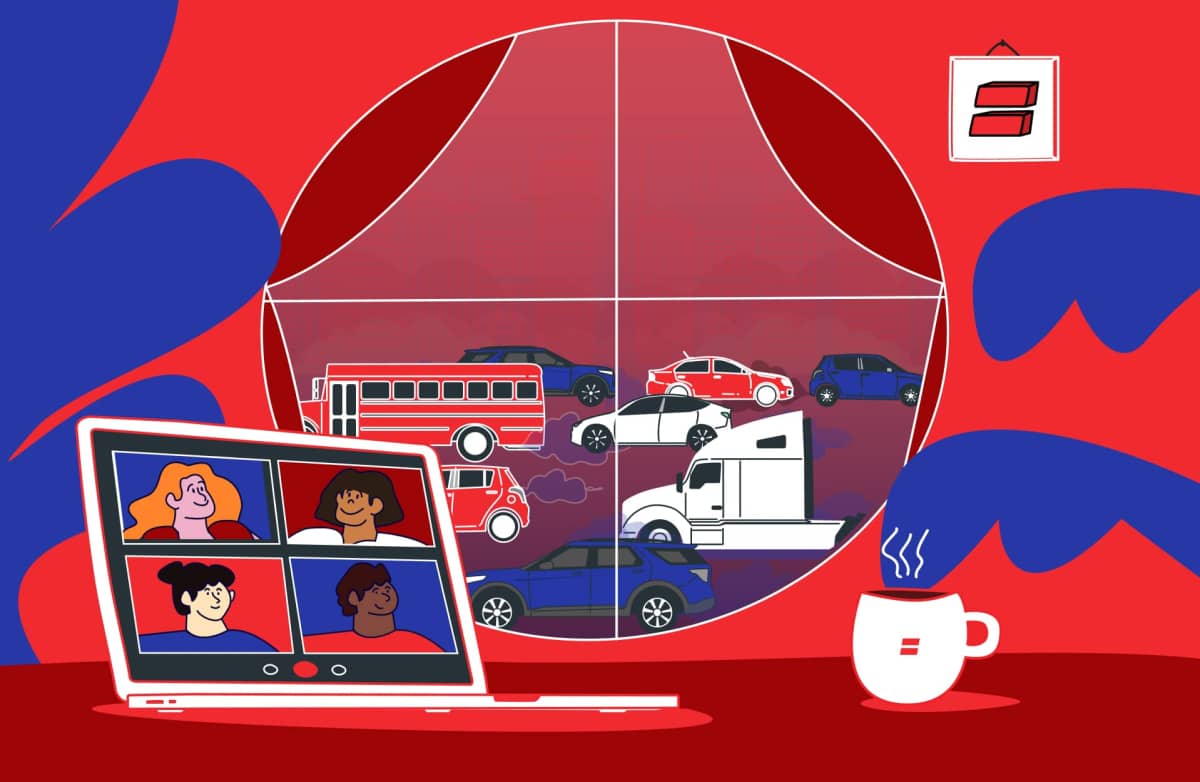In the ever-evolving landscape of worklife, we’ve witnessed a major shift, with remote work gaining ground, especially among young adults. Originally driven by the realities of the pandemic, this shift brought newfound individual flexibility and a reduced environmental footprint. But as offices reopen, and the planet warms, the cry by leaders to “return to the office” comes with a sustainability challenge that needs more attention.
The choices we make about office return policies hold enormous implications for our planet. In this article, we’ll explore the sustainability dilemma tied to returning to the office and equip young adults with essential insights. We’ll dive into the environmental impact of office commutes, compare remote work with office trips, discuss eco-friendly office solutions, consider corporate responsibility, and empower young adults to lead in sustainability efforts.
The Modern Office Landscape
Before diving into the sustainability dilemma, let’s recognize the profound changes in the workplace. Remote work, accelerated by COVID-19, offered flexibility and slashed daily commutes. Young adults embraced this shift for its eco-conscious advantages.
Yet, with offices reopening, a complex challenge emerges. In-person collaboration has merits but increases greenhouse gas emissions due to commuting. To grasp the dilemma, we must quantify the environmental impact of our choices.
The Sustainability Challenge
Commuting’s environmental toll is significant. Transportation, per the Environmental Protection Agency (EPA), tops the list of greenhouse gas emitters in the US, constituting nearly 29% of emissions. Urban commutes in single-occupancy vehicles worsen this.
Commuting isn’t just time spent; it’s an environmental cost per mile. Public transport, according to the American Public Transportation Association, emits 50% fewer greenhouse gases per passenger mile than private cars. Reducing miles traveled directly impacts our carbon footprint.
Remote Work vs. Office Commutes
Remote work was a sustainability boon during lockdowns. Household emissions dropped by 33% as people worked from home. Increased home energy use was balanced by reduced gas consumption and a more even electricity demand.
However, the return to offices risks undoing these gains. More driving and public transport use boost carbon emissions during peak power grid times. Pandemic-induced moves to suburbs may lengthen commutes, compounding the issue.
Sustainable Office Solutions
To address the sustainability challenge, we must explore eco-friendly office solutions. Companies can lead by example with green practices, efficient buildings, waste reduction, and sustainable commuting options.
Technology can bridge office and remote work. Teleconferencing and collaboration tools can reduce the need for in-person meetings, cutting business travel emissions. A hybrid model allowing remote work part-time can boost sustainability.
Corporate Environmental Responsibility
Companies must step up. Young adults can influence employers to adopt eco-conscious policies. Corporations should weigh environmental trade-offs in return-to-office plans. Some already incorporate employee commutes into their carbon footprint calculations, while others lag.
For example, Google acknowledges that commuting and telework contribute 2% of its total emissions. Apple, Amazon, and Google include these factors in sustainability reports, revealing their environmental impact.
Empowering Young Adults as Agents of Change
Young adults are not powerless. By advocating sustainable practices and engaging with employers, they can drive corporate sustainability. Carpooling, public transport, and remote work adoption can reduce individual carbon footprints.
Collective action is vital. Join or initiate sustainability groups within organizations to foster eco-awareness. Share best practices, inspire peers, and contribute to a greener workplace and a brighter future.
Conclusion
The return to the office uncovers a hidden sustainability challenge that demands our attention. Our decisions today shape the sustainability of tomorrow. The dilemma invites young adults to lead the way toward a greener workplace and world.
As we navigate office return policies, remember that today’s choices define tomorrow’s sustainability. The hidden sustainability challenge beckons young adults to lead in creating a greener, more sustainable workplace and planet.
Copyright © 2024 EQUALS TRUE. All Rights Reserved.





